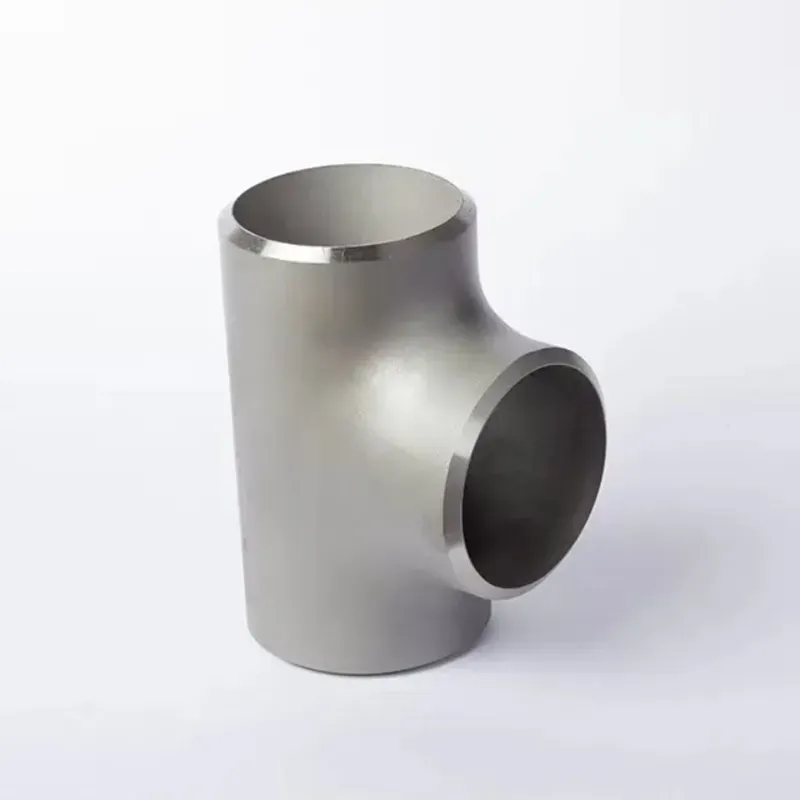-
Cangzhou Yulong Steel Co., Ltd.
-
Phone:
+86 13303177267 -
Email:
admin@ylsteelfittings.com
- English
- Arabic
- Italian
- Spanish
- Portuguese
- German
- kazakh
- Persian
- Greek
- French
- Russian
- Polish
- Thai
- Indonesian
- Vietnamese
- Zulu
- Korean
- Uzbek
- Hindi
- Serbian
- Malay
- Ukrainian
- Gujarati
- Haitian Creole
- hausa
- hawaiian
- Hebrew
- Miao
- Hungarian
- Icelandic
- igbo
- irish
- Japanese
- Javanese
- Kannada
- Khmer
- Rwandese
- Afrikaans
- Albanian
- Amharic
- Armenian
- Azerbaijani
- Basque
- Belarusian
- Bengali
- Bosnian
- Bulgarian
- Catalan
- Cebuano
- China
- China (Taiwan)
- Corsican
- Croatian
- Czech
- Danish
- Esperanto
- Estonian
- Finnish
- Frisian
- Galician
- Georgian
- Kurdish
- Kyrgyz
- Lao
- Latin
- Latvian
- Lithuanian
- Luxembourgish
- Macedonian
- Malgashi
- Malayalam
- Maltese
- Maori
- Marathi
- Mongolian
- Myanmar
- Nepali
- Norwegian
- Norwegian
- Occitan
- Pashto
- Dutch
- Punjabi
- Romanian
- Samoan
- Scottish Gaelic
- Sesotho
- Shona
- Sindhi
- Sinhala
- Slovak
- Slovenian
- Somali
- Sundanese
- Swahili
- Swedish
- Tagalog
- Tajik
- Tamil
- Tatar
- Telugu
- Turkish
- Turkmen
- Urdu
- Uighur
- Welsh
- Bantu
- Yiddish
- Yoruba

Dec . 22, 2024 10:35 Back to list
sch 40 flange
Understanding SCH 40 Flanges A Comprehensive Overview
Flanges are critical components in piping systems, serving as connecting devices between pipes, valves, pumps, and other equipment. Among the various standards and specifications for flanges, SCH 40 flanges are widely used in both industrial and commercial applications. In this article, we will delve into what SCH 40 means, its applications, specifications, and advantages.
What Does SCH 40 Mean?
The term SCH stands for Schedule, which indicates the wall thickness of a pipe. In piping systems, different schedules correspond to different wall thicknesses, influencing the pipe's pressure-bearing capacity. SCH 40 flanges are designed to fit SCH 40 pipes, which are commonly used in a variety of applications. The schedule number reflects the dimensions of the pipe, including its diameter and wall thickness, which directly affect the flow and pressure of the fluid being transported.
Specifications of SCH 40 Flanges
SCH 40 flanges typically come in various materials, including carbon steel, stainless steel, and alloy materials. The material choice depends on factors such as the nature of the fluid being transported, operating temperature, pressure levels, and environmental conditions.
Commonly, SCH 40 flanges are available in various types, including
1. Weld Neck Flanges These flanges are used where high pressure and temperature are involved. The tapered neck allows for easy welding to the pipe. 2. Slip-On Flanges These flanges slide over the pipe and are welded in place. They are easy to install and are commonly used in lower pressure applications. 3. Blind Flanges Used to seal the end of a piping system, blind flanges are crucial in maintenance and inspection applications where connections may need to be temporarily closed.
Each flange type adheres to specific standards (like ANSI/ASME B16.5 or B16.47), which define the dimensions, tolerances, and testing methods to ensure compatibility and safety in piping systems.
Applications of SCH 40 Flanges
SCH 40 flanges are utilized in a wide range of industries due to their versatility and reliability. Common applications include
sch 40 flange

- Oil and Gas Used in exploration, production, and refining processes. - Chemical Processing Employed in chemical manufacturing and transport to withstand various chemicals and corrosive environments.
- Water Distribution Integral in municipal water supply and sewage systems.
- HVAC Systems Utilized in heating, ventilation, and air conditioning systems to connect various components.
Advantages of SCH 40 Flanges
One of the primary advantages of SCH 40 flanges is their ability to accommodate different operating conditions thanks to their sturdy design. Here are some additional benefits
- Cost-Effective SCH 40 flanges tend to be more affordable compared to higher schedule flanges, making them suitable for a variety of projects without compromising quality.
- Widely Available The popularity of SCH 40 as a standard means that flanges are readily available in various sizes and materials, facilitating easy procurement and installation.
- Versatile Whether in high or low-pressure environments, SCH 40 flanges provide reliable connections across diverse applications.
Conclusion
In summary, SCH 40 flanges play a vital role in modern piping systems across multiple industries. Understanding their specifications, applications, and advantages is essential for engineers and project managers to design efficient and safe systems. By selecting the appropriate flanges and adhering to industry standards, professionals can ensure the longevity and reliability of their piping projects.
Latest news
-
ANSI 150P SS304 SO FLANGE
NewsFeb.14,2025
-
ASTM A333GR6 STEEL PIPE
NewsJan.20,2025
-
ANSI B16.5 WELDING NECK FLANGE
NewsJan.15,2026
-
ANSI B16.5 SLIP-ON FLANGE
NewsApr.19,2024
-
SABS 1123 FLANGE
NewsJan.15,2025
-
DIN86044 PLATE FLANGE
NewsApr.19,2024
-
DIN2527 BLIND FLANGE
NewsApr.12,2024
-
JIS B2311 Butt-Welding Fittings LR/SR 45°/90° /180°Seamless/Weld
NewsApr.23,2024











